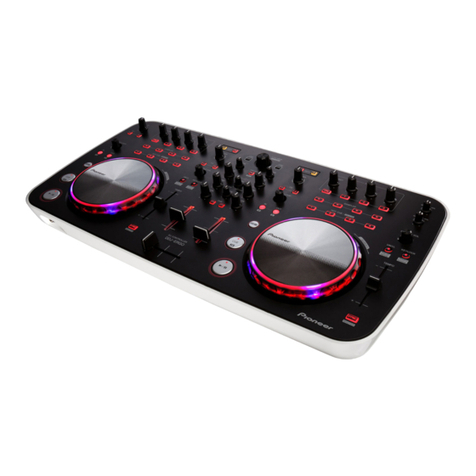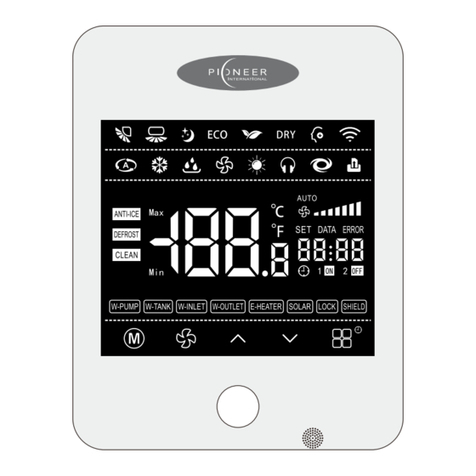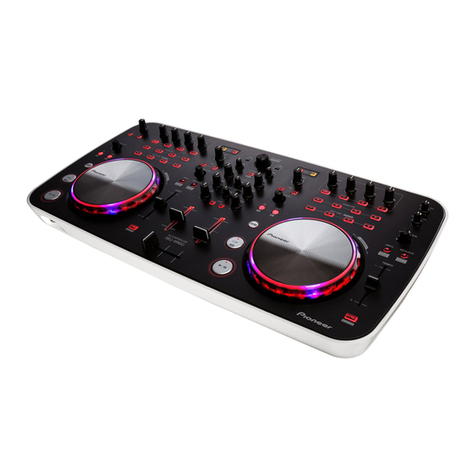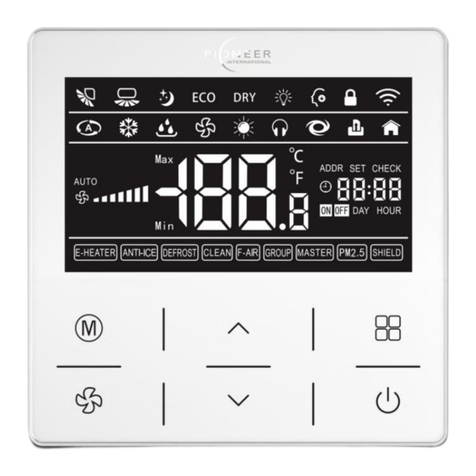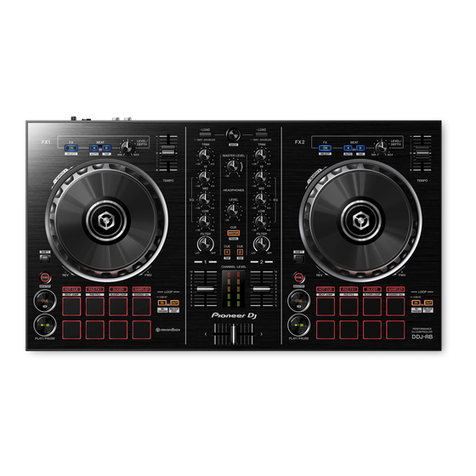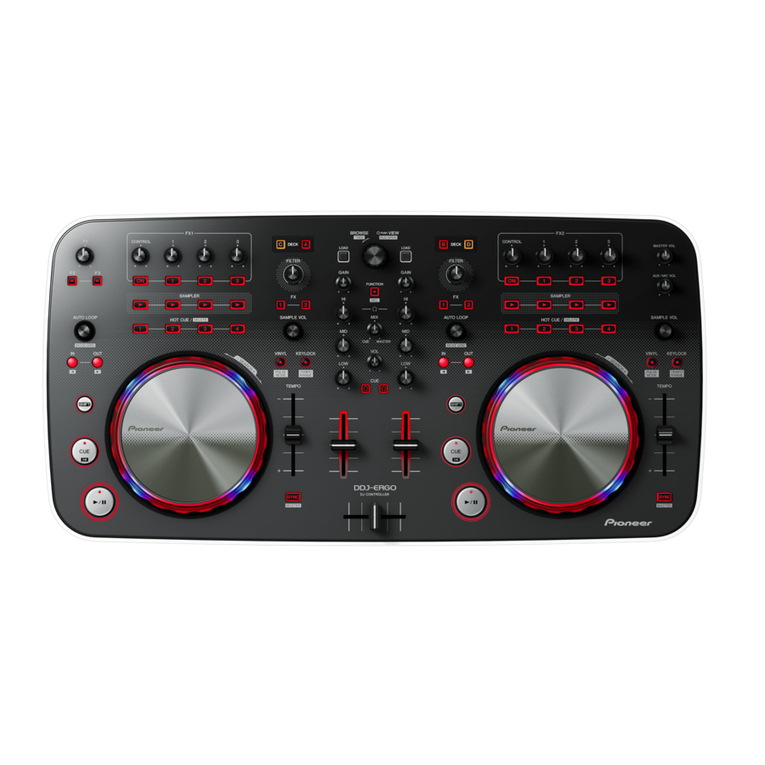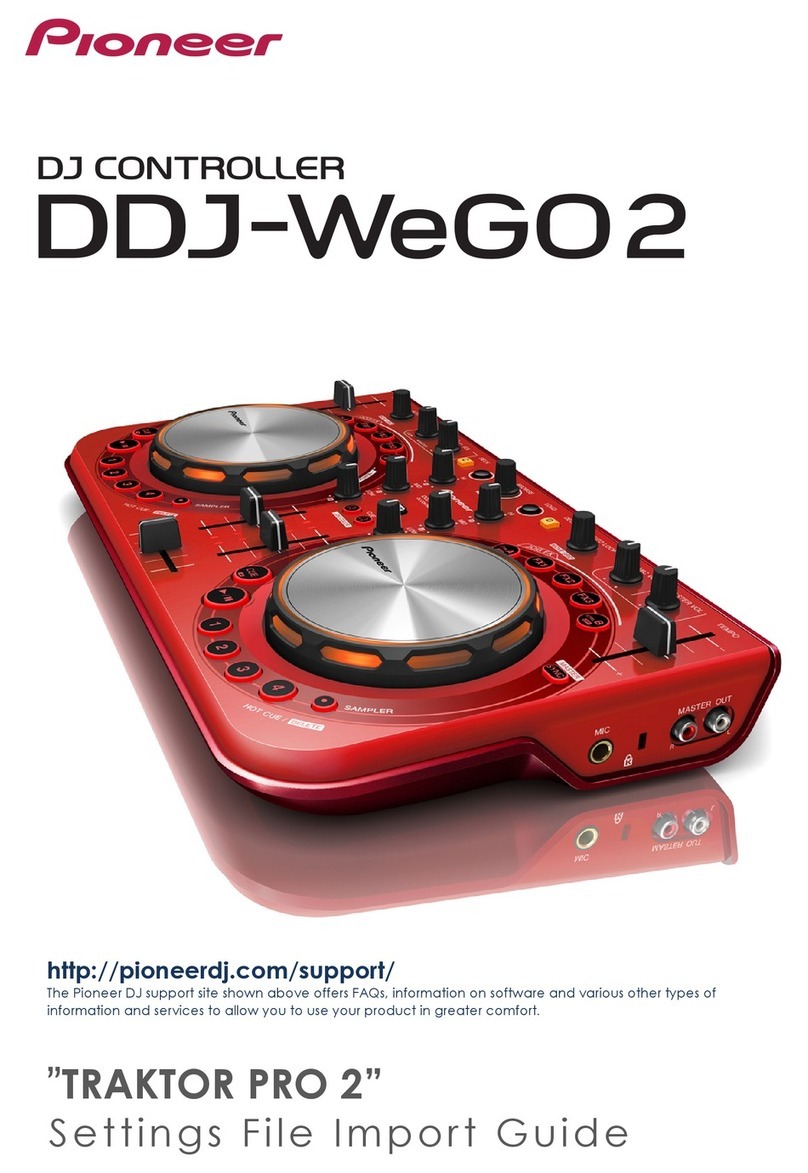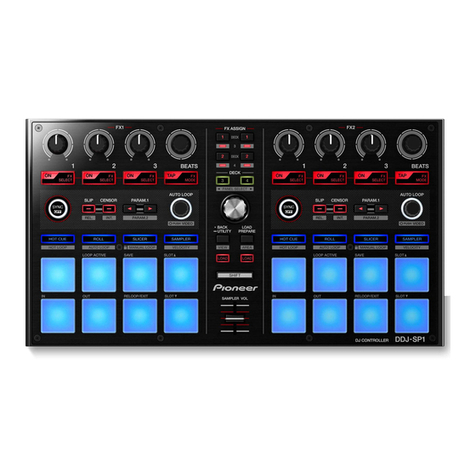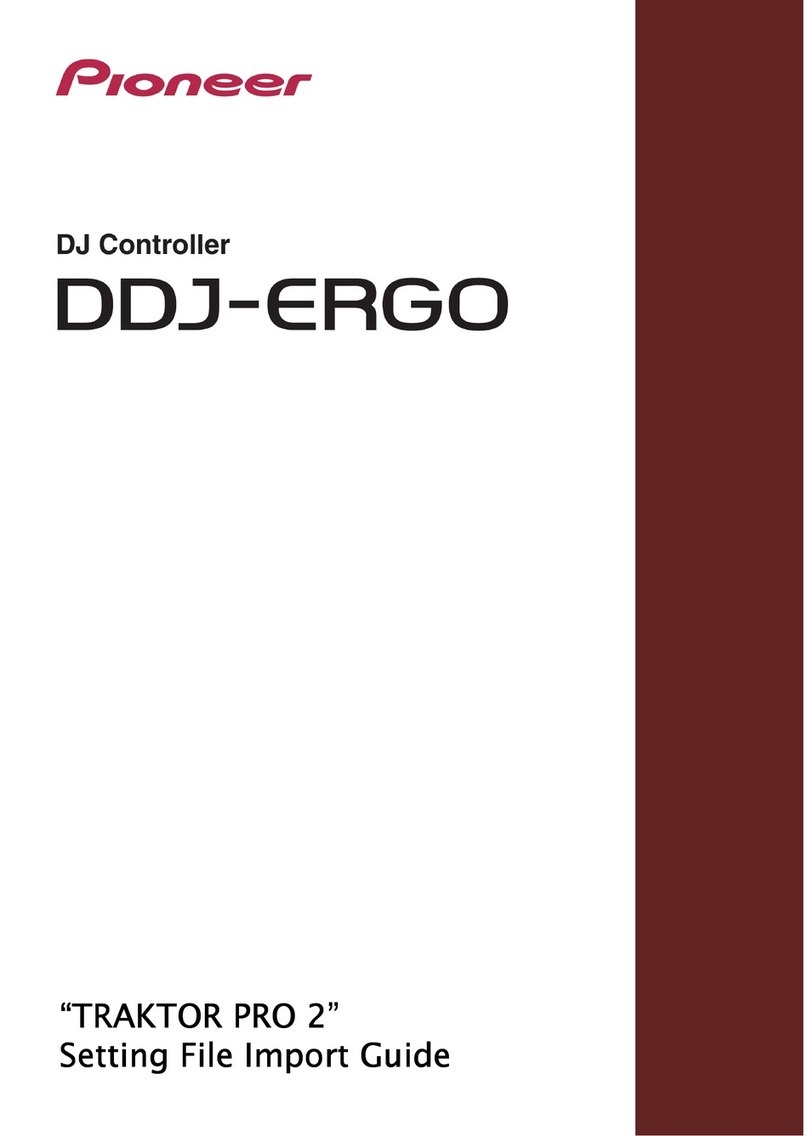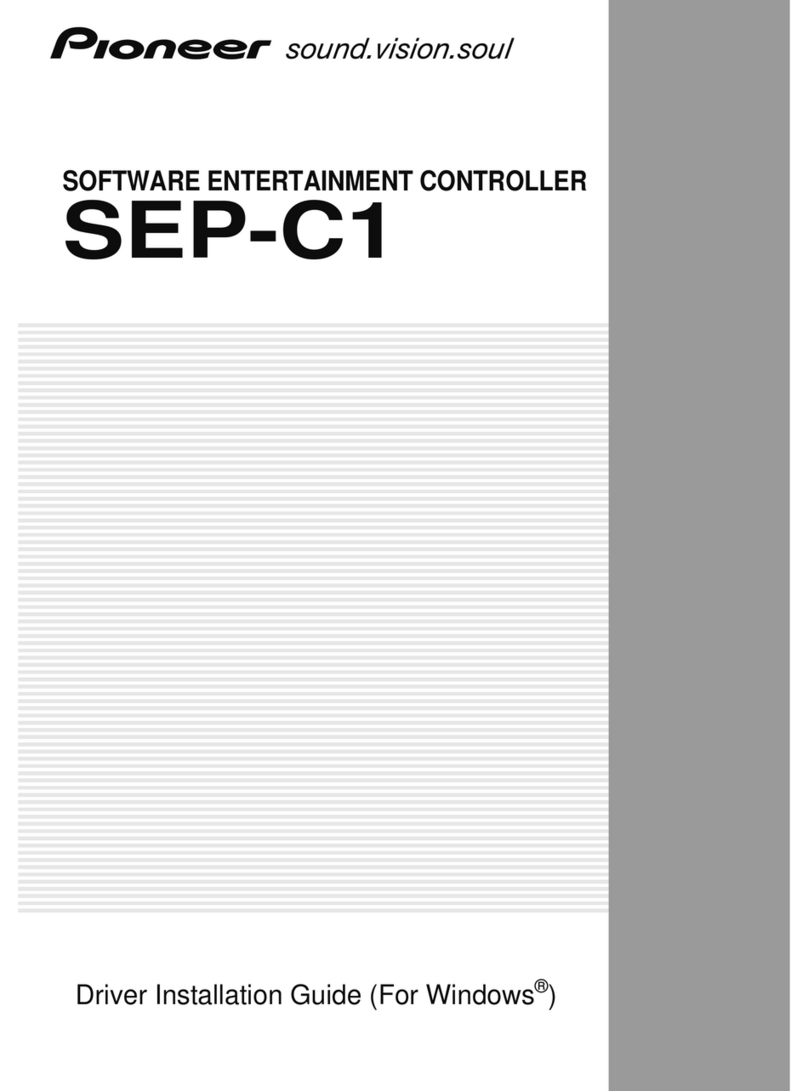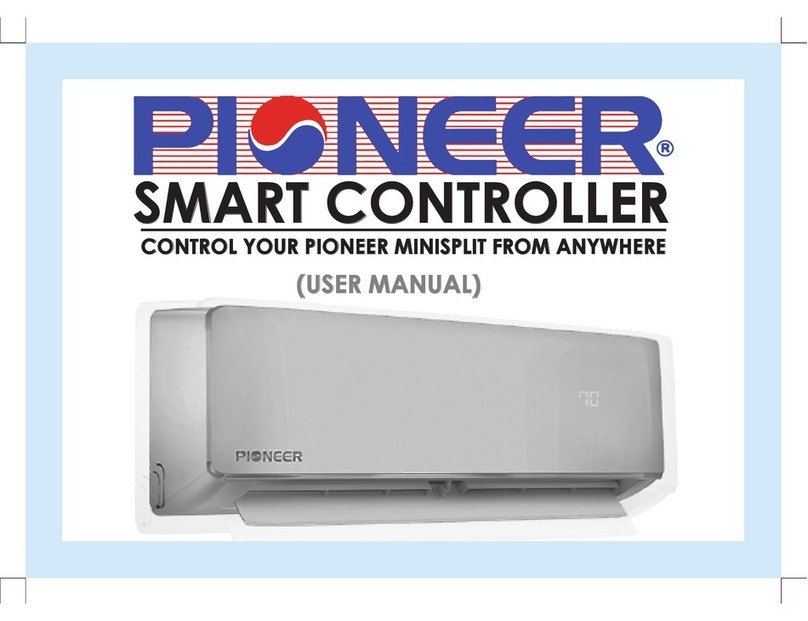
2DDJ-SR
12 3 4
A
B
C
D
E
F
12 3 4
SAFETY INFORMATION
CONTENTS
SAFETY INFORMATION..........................................................................................................................................................2
1. SERVICE PRECAUTIONS ....................................................................................................................................................3
1.1 NOTES ON SOLDERING ...............................................................................................................................................3
1.2 NOTES ON PARTS REPLACEMENT .............................................................................................................................3
1.3 ABOUT DEMO MODE ....................................................................................................................................................4
2. SPECIFICATIONS .................................................................................................................................................................5
3. BASIC ITEMS FOR SERVICE...............................................................................................................................................6
3.1 CHECK POINTS AFTER SERVICING............................................................................................................................6
3.2 JIGS LIST .......................................................................................................................................................................6
3.3 PCB LOCATIONS ...........................................................................................................................................................7
4. BLOCK DIAGRAM.................................................................................................................................................................8
4.1 OVERALL WIRING DIAGRAM........................................................................................................................................8
4.2 OVERALL BLOCK DIAGRAM.......................................................................................................................................10
5. DIAGNOSIS.........................................................................................................................................................................12
5.1 TROUBLESHOOTING ..................................................................................................................................................12
5.2 BASIC OPERATION CHECK USING SERATO DJ .......................................................................................................14
6. SERVICE MODE .................................................................................................................................................................17
6.1 SERVICE MODE...........................................................................................................................................................17
7. DISASSEMBLY....................................................................................................................................................................27
8. EACH SETTING AND ADJUSTMENT ................................................................................................................................33
8.1 NECESSARY ITEMS TO BE NOTED...........................................................................................................................33
8.2 UPDATING OF THE FIRMWARE .................................................................................................................................33
8.3 ITEMS FOR WHICH USER SETTINGS ARE AVAILABLE ...........................................................................................35
9. EXPLODED VIEWS AND PARTS LIST...............................................................................................................................38
9.1 PACKING SECTION .....................................................................................................................................................38
9.2 EXTERIOR SECTION...................................................................................................................................................40
10. SCHEMATIC DIAGRAM ....................................................................................................................................................44
10.1 MIC and HEADPHONE PCB ASSYS .........................................................................................................................44
10.2 I/O PCB ASSY ............................................................................................................................................................46
10.3 MIXER and CROSS FADER PCB ASSYS..................................................................................................................48
10.4 PANEL-L and R PCB ASSYS......................................................................................................................................50
10.5 WAVEFORMS.............................................................................................................................................................52
11. PCB CONNECTION DIAGRAM ........................................................................................................................................56
11.1 MIC and HEADPHONE PCB ASSYS .........................................................................................................................56
11.2 I/O PCB ASSY ............................................................................................................................................................58
11.3 MIXER and CROSS FADER PCB ASSYS..................................................................................................................60
11.4 PANEL-L and R PCB ASSYS......................................................................................................................................62
12. PCB PARTS LIST ..............................................................................................................................................................64
WARNING
This product may contain a chemical known to the State of California to cause cancer, or birth defects or other reproductive
harm.
Health & Safety Code Section 25249.6 - Proposition 65
This service manual is intended for qualified service technicians; it is not meant for the casual do-it-
yourselfer. Qualified technicians have the necessary test equipment and tools, and have been trained
to properly and safely repair complex products such as those covered by this manual.
Improperly performed repairs can adversely affect the safety and reliability of the product and may
void the warranty. If you are not qualified to perform the repair of this product properly and safely, you
should not risk trying to do so and refer the repair to a qualified service technician.

